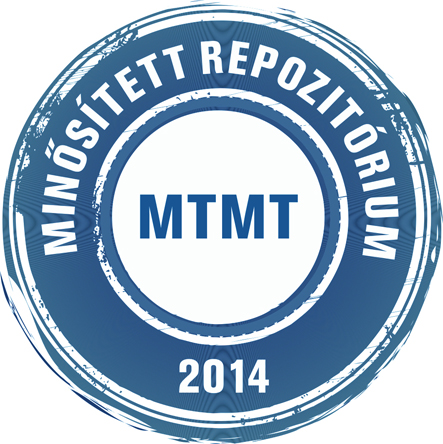Švarc-Gajić Jaroslava; Ačanski Marijana M.; Stojanović Zorica; Nastić Nataša: Characterisation of colloidal gold systems by photometry, spectrophotometry and chronopotentiometric stripping analysis.
Előnézet |
Cikk, tanulmány, mű
proceedings_of_isaep_2018_219.pdf Letöltés (240kB) | Előnézet |
Absztrakt (kivonat)
Colloidal systems of different metals attract lot of attention in scientific research due to their specific physico-chemical properties and possible application routes. In this respect particularly interesting is colloidal gold that has very broad application in different fields, including catalysis, biological and cancer research, electronics etc. Colloidal gold was generated by electric arc discharge method in a home-made generator. The generator consisted of a control system which maintained a constant distance between the electrodes (2 mm), a power supply system and amperometer which controlled the arc discharge parameters, halogen bulbs used as resistors, a glass container with deionized water and a magnetic stirrer. Generation technique consisted in adding 10 l of 35% hydrochloric acid to 500 ml of distilled water, submerging gold (99.9999%) electrodes (d=1 mm) in the solution and initiating electric arc discharge. Initial voltage was set to 20-70 V and the current was maintained at 205 A during entire generation process (30 min) by adjusting electrode distance. The influence of the initial voltage on optical characteristic of colloidal systems was examined by photometry and spectrophotometry, whereas the concentration of free gold ions was determined by chronopotentiometric stripping analysis at glassy carbon electrode. Photometric and spectrophotometric analyses were performed to characterise indirectly particle size distribution, since light absorption, reflection and transmission are highly affected by particle size. The size of gold nanoparticles, in return, affects strongly their properties and behavior in biological systems. By using both yellow-green and blue optical filters in photometric analysis, absorption increased almost linearly in the entire voltage range. Spectrophotometric analysis revealed absorption maximum in the range of 470-590 nm, depending on the initial voltage. Absorption maximum increased with initial voltage, indicating increase in the concentration of colloidal gold. Initial voltage also affected dominant particle size. Particle size distribution was determined by Zetasiyer Nano ZS90. Dominant particle size was in the range from 5 nm (at 50 V) to 19 nm (at 30 V). The influence of generation potential on the concentration of free gold was evaluated by chronopotentiometric stripping analysis at glassy carbon electrode. As a supporting electrolyte 0.1 HCl was used. Electrolysis potential was -0.6 V. After 600 s of electrolysis dissolution current of 8.3 A was applied to reach final potential of +1.25V. The concentration of free gold increased linearly with initial voltage (y=0.0 1x+0.73; r2=0.9849) from 0.95 mg/l (at 20 V) to 1.3 mg/l (at 70 V).
| Mű típusa: | Konferencia vagy workshop anyag |
|---|---|
| Befoglaló folyóirat/kiadvány címe: | Proceedings of the International Symposium on Analytical and Environmental Problems |
| Dátum: | 2018 |
| Kötet: | 24 |
| ISBN: | 978-963-306-623-2 |
| Oldalak: | p. 219 |
| Konferencia neve: | International Symposium on Analytical and Environmental Problems (24.) (2018) (Szeged) |
| Befoglaló mű URL: | http://acta.bibl.u-szeged.hu/55895/ |
| Kulcsszavak: | Fotometria - kémia - előadáskivonat |
| Feltöltés dátuma: | 2019. jan. 07. 09:51 |
| Utolsó módosítás: | 2022. aug. 08. 15:50 |
| URI: | http://acta.bibl.u-szeged.hu/id/eprint/56329 |
 |
Tétel nézet |



